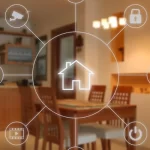Introduction
Welcome to the future, where enhancing your home with smart lighting can be more than just a stylistic choice—it can be a lifestyle. Gone are the days when lighting your home was merely about a bulb and a switch. Now, we’re entering an era where you can control the atmosphere, color, and even the energy usage of your home’s lighting with a simple voice command or a touch on your smartphone. This article aims to be your comprehensive guide to smart lighting and how you can make it work wonders for your home.
Table of Contents
What is Smart Lighting?
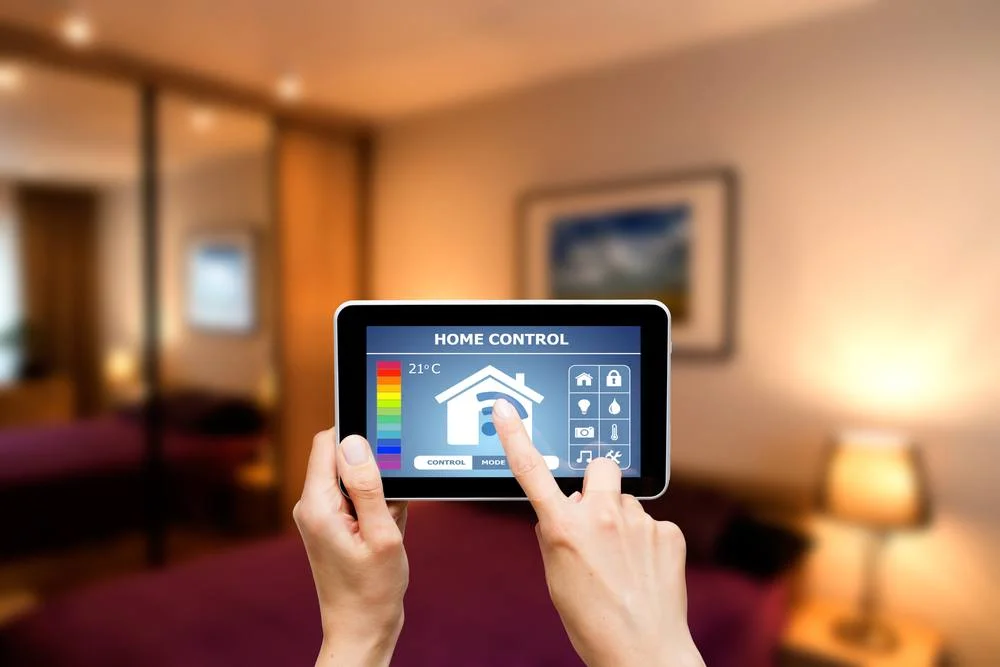
Types of Smart Lighting
From smart bulbs to smart switches and smart plugs, the choices are endless when it comes to smart lighting. There are LED options, color-changing bulbs, and even bulbs with built-in speakers. The sheer variety allows you to customize your experience based on your needs.
The Tech Behind Smart Lighting
We’re diving into the nuts and bolts, or rather, the circuits and wireless signals that make smart lighting tick. Smart lights often communicate via Wi-Fi or Bluetooth, and newer models may use Zigbee or Z-Wave protocols. The key here is that these lights are designed to be controlled remotely or to be automated.
Why Opt for Smart Lighting?
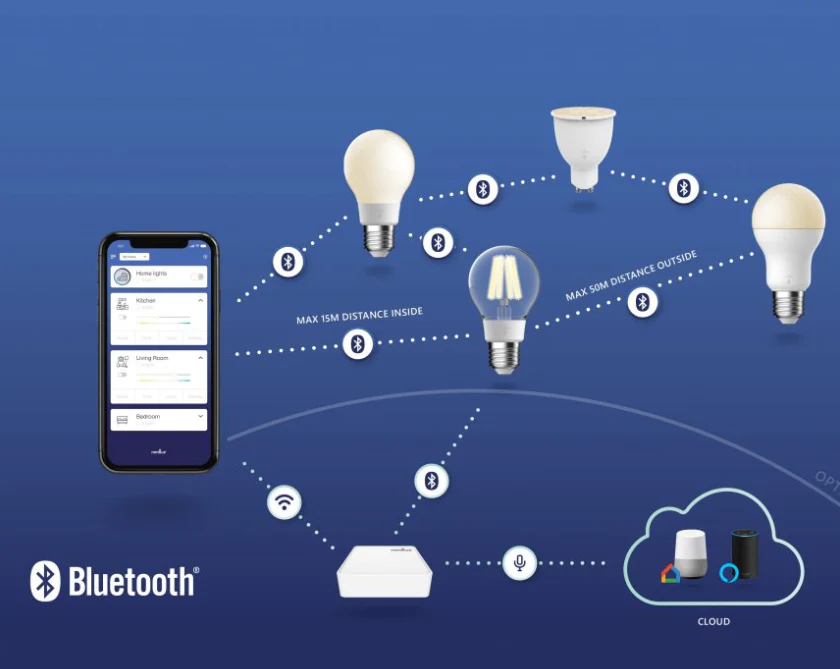
Energy Efficiency
One of the foremost advantages of smart lighting is the significant energy savings. How? Through features like dimming, motion detection, and scheduled on/off times, you can drastically reduce your electricity bill.
Convenience
Imagine not having to leave your cozy bed to turn off the lights downstairs, or having the lights dim automatically as you start your favorite movie. This is the convenience that smart lighting brings to your life.
Aesthetic Value
With features like color-changing and scene creation, you can set the mood for any occasion. Whether it’s a romantic dinner or a vibrant party, smart lighting can play a crucial role in enhancing the atmosphere.
Safety
Smart lighting can contribute to home security in a number of ways. For instance, you can set your lights to mimic your daily routine when you’re away, deterring potential burglars.
Getting Started with Smart Lighting
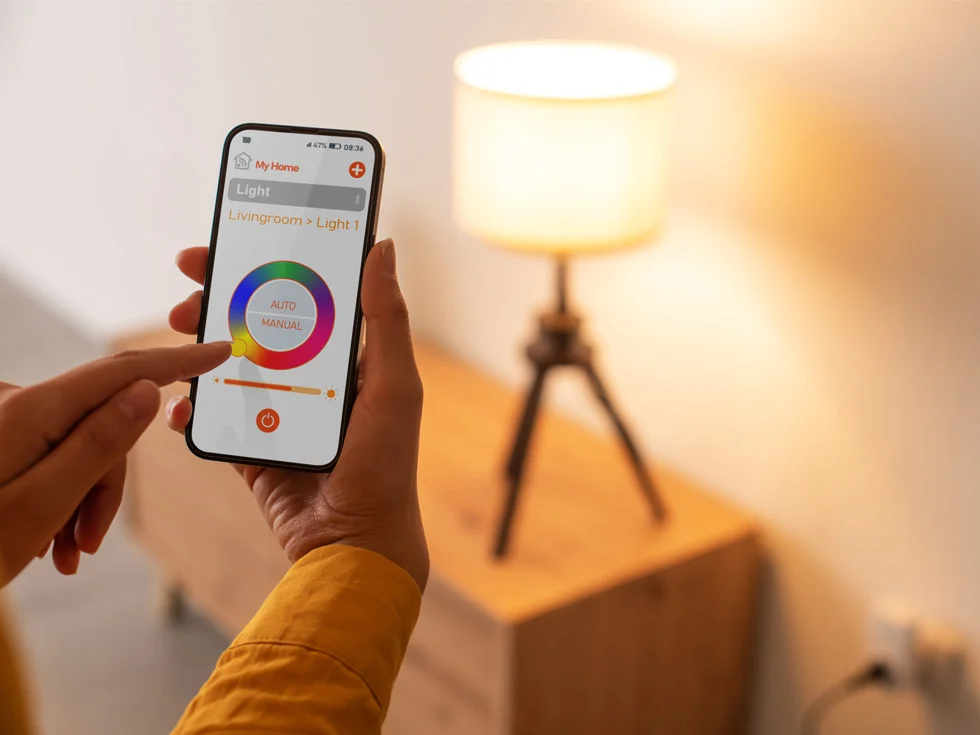
Budget Considerations
While smart lighting offers a range of options, the costs can add up quickly. It’s crucial to evaluate your budget and needs before diving in.
Compatibility
Not all smart lighting solutions work well with every smart home system. Make sure to check whether the lights you’re interested in are compatible with your current or intended setup.
Installation
Installing smart lighting is usually a straightforward process, but there are some technical considerations. You’ll need to know a bit about your home’s electrical system, and possibly about your Wi-Fi network, to get everything up and running smoothly.
Enhancing Your Home with Smart Lighting
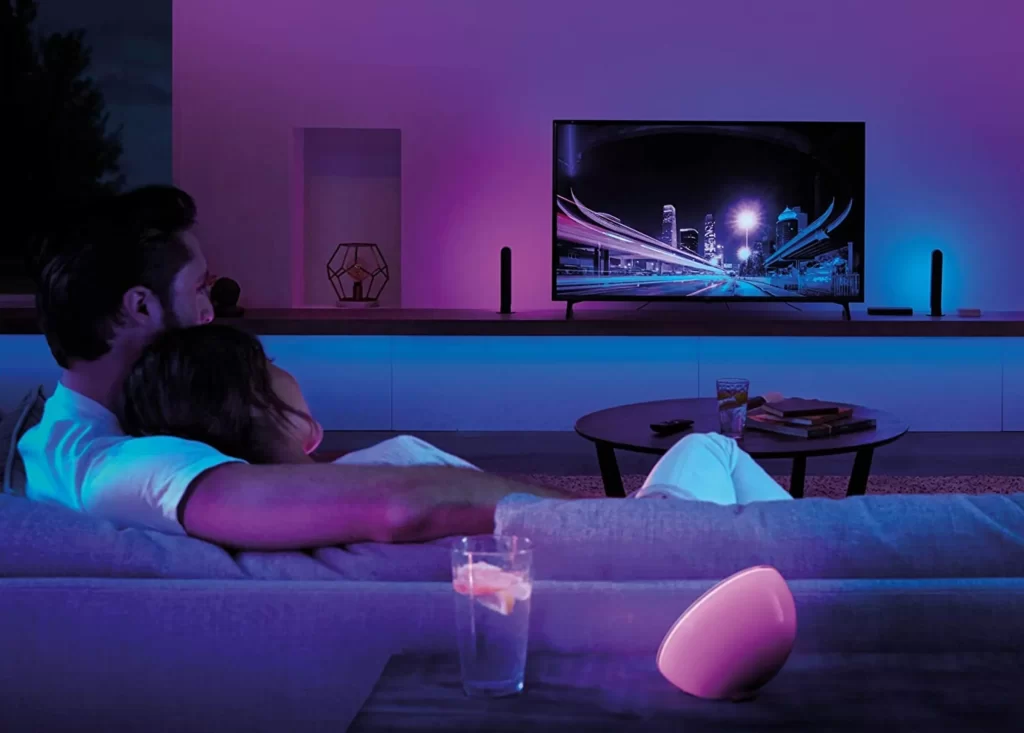
Living Room
The living room is a versatile space, and your lighting should be too. You can opt for smart strip lights behind the TV for ambient lighting or choose color-changing bulbs to suit different moods and activities.
Bedroom
From waking up with a simulated sunrise to drifting off with a warm, dim light, the bedroom is a sanctuary that can be made even more comfortable with smart lighting.
Kitchen
Smart lighting in the kitchen can go beyond mere functionality. Imagine a motion-sensor light that comes on as you walk in with grocery bags or lights that change color as your meal cooks, indicating time intervals.
Bathroom
Yes, even the bathroom can benefit from smart lighting. Imagine being greeted with a soft, warm light as you enter for your middle-of-the-night bathroom break, thanks to motion sensors.
Outdoor Areas
Security and ambiance can go hand in hand with outdoor smart lighting options. From pathway lights that light up as you approach to floodlights that can be controlled via an app, the possibilities are limitless.
Smart Lighting Control Systems
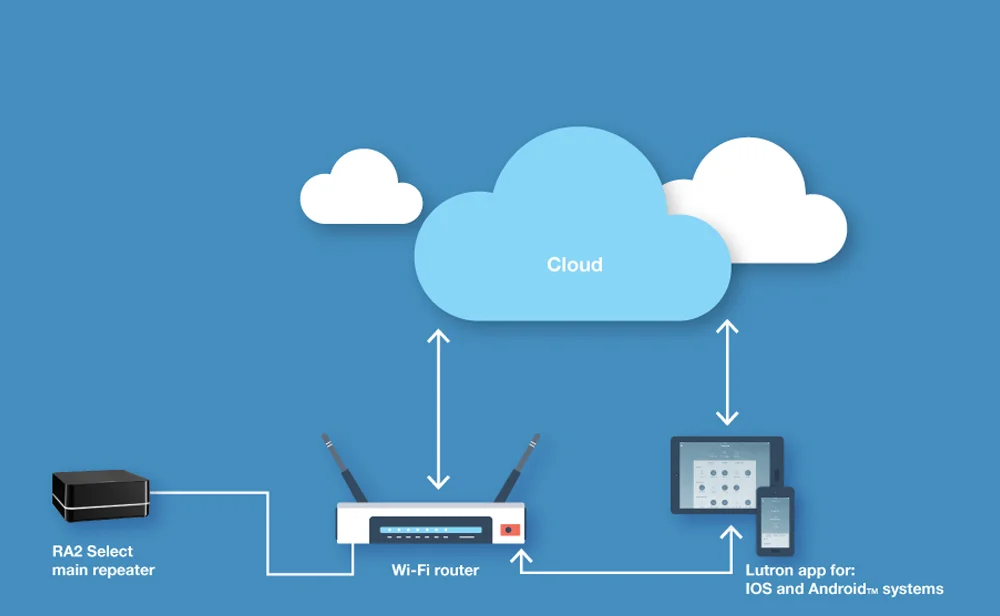
Mobile Apps
Control your lights via dedicated mobile apps, allowing for unparalleled customization and control.
Voice Control
“Hey Google, dim the lights.” Voice control via smart assistants like Google Assistant, Amazon Alexa, or Apple’s Siri is a convenient and hands-free way to control your lighting.
Wall Switches
For those who want a more tactile approach, smart wall switches offer an excellent alternative to voice or app control.
Motion Sensors
Don’t want to use voice or apps? Motion sensors can turn your lights on or off based on movement, adding an extra layer of automation.
Integration with Other Smart Devices
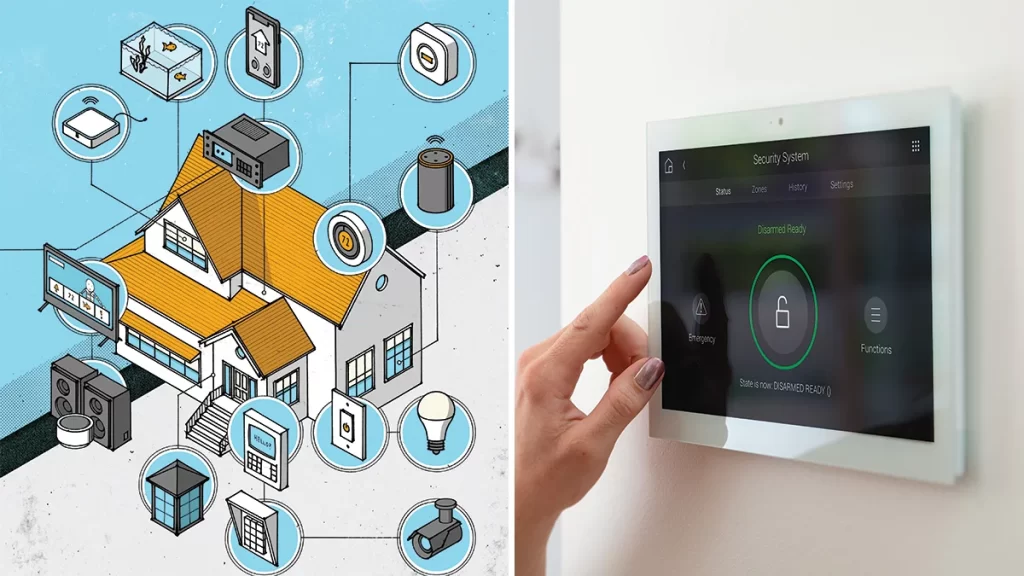
Smart Speakers
Connect your smart lighting to devices like the Amazon Echo or Google Nest for seamless integration and voice control.
Smart TVs
Synchronize your smart lights to change color or intensity based on what’s happening on your Smart TV for an immersive experience.
Smart Thermostats
Imagine your lights dimming as your smart thermostat notices you’re falling asleep. The integrated smart home is here, and it’s spectacular.
The Pros and Cons of Smart Lighting
Advantages
From convenience to safety, smart lighting offers a plethora of benefits that can make your life easier and your home more enjoyable.
Disadvantages
However, there are also downsides, including the cost of installation and the ongoing need for updates and maintenance.
Maintaining Your Smart Lighting System
Firmware Updates
Just like any other smart device, your smart lights will need regular firmware updates to keep them running smoothly and securely.
Cleaning
Yes, even smart lights get dirty! A regular cleaning routine can keep your lights shining bright and problem-free.
Troubleshooting
Sometimes things go wrong. Here’s a guide on how to troubleshoot some common problems you may encounter with your smart lighting system.
Case Studies
Residential Applications
Read about how real people have transformed their homes with smart lighting.
Commercial Applications
Smart lighting isn’t just for homes; it can offer substantial benefits for businesses as well. Learn how.
FAQs
- What is the lifespan of a smart bulb? Smart bulbs generally last a lot longer than their traditional counterparts, often up to 15,000 hours.
- Is smart lighting safe? Yes, smart lighting is generally very safe. However, like all connected devices, they could potentially be vulnerable to hacking, although the risk is minimal.
- How do I reset my smart lights? Most smart lights have a simple reset procedure, often detailed in the accompanying manual or app.
- Does smart lighting work with 5G? While most smart lights work on Wi-Fi, some newer models are coming out with 5G compatibility.
- Can I use smart lights without Wi-Fi? Some smart lights can operate without Wi-Fi, using Bluetooth or other protocols, but functionality will be limited.
- What’s the future of smart lighting? The future is bright! As technology evolves, expect to see even more features, integrations, and advancements in smart lighting technology.
Conclusion
Enhancing your home with smart lighting is not just a trend; it’s a lifestyle change. From convenience to safety to energy efficiency, the benefits are numerous. So why wait? Step into the future and transform your home into a smart living space today. Wiki


